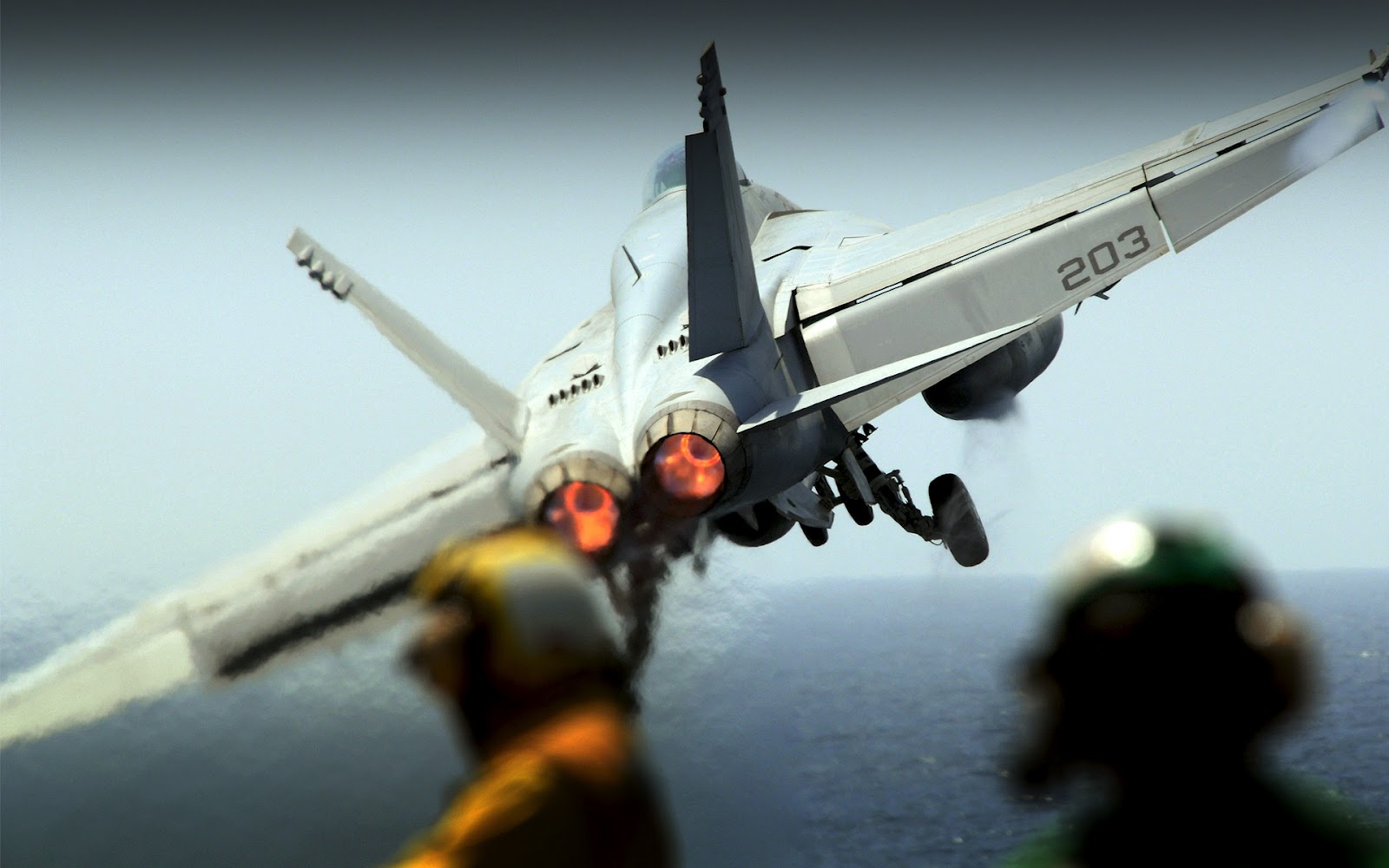

Jetride offers the thrill of flying in an L-39 jet they own for an incredible flight over the Hunter Valley. It was so incredibly popular as a ground attack aircraft and trainer that more than 30 countries inducted it into their militaries. The two-seat, single-engine aircraft was designed and manufactured by Aero Vodochody for the Czechoslovakian Air Force in the 1960s. The L-39 is one of the world’s most famous fighters. Jetride, which is Australia’s longest-running L-39 Albatros jet fighter operator, has a special ride for those who can take the Gs. However, seekers of a thrilling fighter jet experience easily find one of the finest places to rule the sky over Hunter Valley.

Located near Sydney, it is a haven for lovers of good food, high-end luxury and a slow life. Hunter Valley is the oldest wine-growing region in Australia. Here are some of the best fighter jet rides around the world to try Hunter Valley, Australia Image credit: Jetride If the body is fit and the mind made up, a ride in a jet fighter aircraft is truly unforgettable. Flight suits are worn by pilots and passengers to handle the Gs, but absolute physical fitness is a must. Even many pass out in just a few Gs when the force is sustained. The body then feels enormous pressure depending on the level of Gs. According to the US Federal Aviation Administration (FAA), “Acceleration is described in units of the force called ‘Gs’.” The Gs increase depending on the acceleration and the turns an aircraft, or even a Formula 1 car, takes. However, the most important thing to note is that fighter jets are so incredibly agile and fast that pilots experience the highest of what is known in aviation as G-force or Gs. So, the experience is completely different from flying first class in a long-haul aircraft, a private jet or any other kind of aircraft. One also must remember that fighter jets are designed for war, not luxury. This means that the back-seat passenger will have to go through a pre-flight briefing to understand the flying programme, duration and pilot instructions regarding safety in case something goes wrong during the fighter jet flight. The rules and requirements for anyone in a cockpit are, however, the same. In aviation, this formation is known as tandem seating. The pilot sits in the front seat while the Weapon Systems Officer (WSO), who can be the one in charge of the mission, takes the back seat. On the contrary, some of the world’s foremost fighter aircraft, such as the Sukhoi Su-30, are two-seat beasts. Things to know before taking any of the fighter jet rides around the worldĪlthough the guests take the back seat in these aircraft, this doesn’t diminish the thrill. Everything from take-off to landing is done by experienced pilots. Of course, the guests won’t get to fly the aircraft themselves. The aircraft that carry civilians for a high-speed sortie are real fighter jets and among the world’s most well-known. There are some places in the world where anyone can book fighter jet rides. But the uniformed heroes are not the only ones who can fly in a fighter aircraft. Such is the thrill involved that any other adventure might pale before it. Ask a military pilot and they’d say that flying a fighter jet is an experience of a lifetime.
FIGHTER JET G FORCE FULL
Interestingly, I was here at a Conference on Sufism, part of which teaches full submission to the higher power, and trusting that it will hold you safe.Top Gun: Maverick (2022) has reignited the passion for fighter jets among scores of people around the world. I chose to submit to his control: TRUST immediately reduced my anxiety. He had done these maneuvers in MiG-29s (kind of like Russian F-18s). My body had not evolved to move and change direction at a speed above 450 mph! At one point, I reminded myself of Steve’s skills. It was hard to find the horizon or to tell up from down.

During the rolls, barrel rolls, loops, Immelman turns, and split-Ss, I lost the sense of time and space. Eastern European style, Steve was laid back, calm, and confident. A few things were helpful: KNOWING this would be just a few seconds Steve alerting me in advance of each maneuver (preparation) and my excitement (internal emotional context) - a combination of physical preparedness, knowledge, positive emotions, and social safety cues. That means my 160 pound mass could feel near 800 pounds for a few seconds during these maneuvers! My body felt super heavy, my back pushing into the seat, and it was quite an effort to try to lift my arm! Blood is pushed down from the head, and one starts to feel dizzy some people pass out. According to Steve, a sharp turn or a climb could create somewhere between 2G to 5G. Increased G-force was the hardest part of flying.


 0 kommentar(er)
0 kommentar(er)
